Top 5 Accessible Mediterranean Cruise Ports

Best Mediterranean Ports for Wheelchair Accessible Cruises
Throughout the years, cruise lines have been continuously improving how accessible their cruise ships are, from creating wheelchair-accessible corridors to accessible activities and equipment to help with easy embarkation/disembarkation.
However, whilst the majority of cruise ships have adapted to assist with disabilities, some cruise ports are better than others when it comes to being fully accessible to all guests – and this applies to Mediterranean cruise ports as much as it does to ports anywhere else in the world.
One of the first things you will want to do when searching for your next cruise holiday is to look at the cruise itineraries. This will indicate which Mediterranean ports a cruise ship will call into. It’s a good idea at this stage to research which ports are tender ports, or ones that anchor directly at the dock itself.
What is the difference between docked and tendered ports?
When a cruise ship is docked, it’s anchored directly at a dock/pier, meaning that you can easily head into the port by foot. However, if the itinerary has a tender port, it usually means that the water is too shallow for the cruise ship to dock in the port, the dock is too small or the space in the dock has been taken up by other cruise ships - resulting in guests having to get a small boat (usually a lifeboat) from the ship to the shore and back.
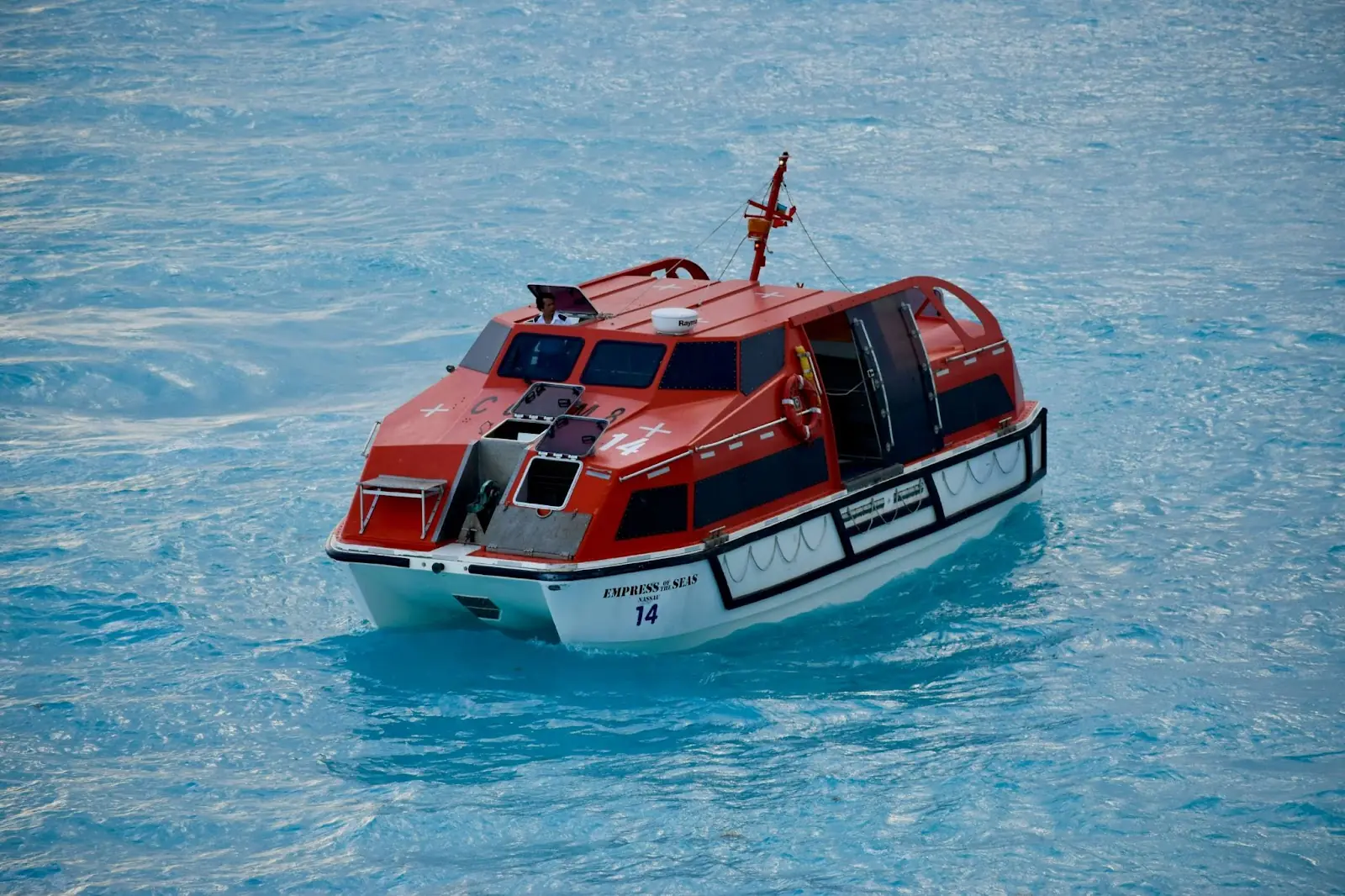
So which Mediterranean destinations have wheelchair accessible cruise ports? We’ve rounded up a list of the top 5 most accessible cruise ports, including information about their wheelchair accessibility, the distance to the main town/city from the port, public transport and other important information.
1) Port of Barcelona, Spain
Home to one of the best Mediterranean cruise ports, and a popular stop-off on Med and Europe cruises, Barcelona is a vibrant city in Catalonia beloved for its unique architecture, mouthwatering cuisine and bustling shopping areas. You'll also find that, when it comes to a list of cities that are wheelchair accessible, Barcelona is one of the top destinations.
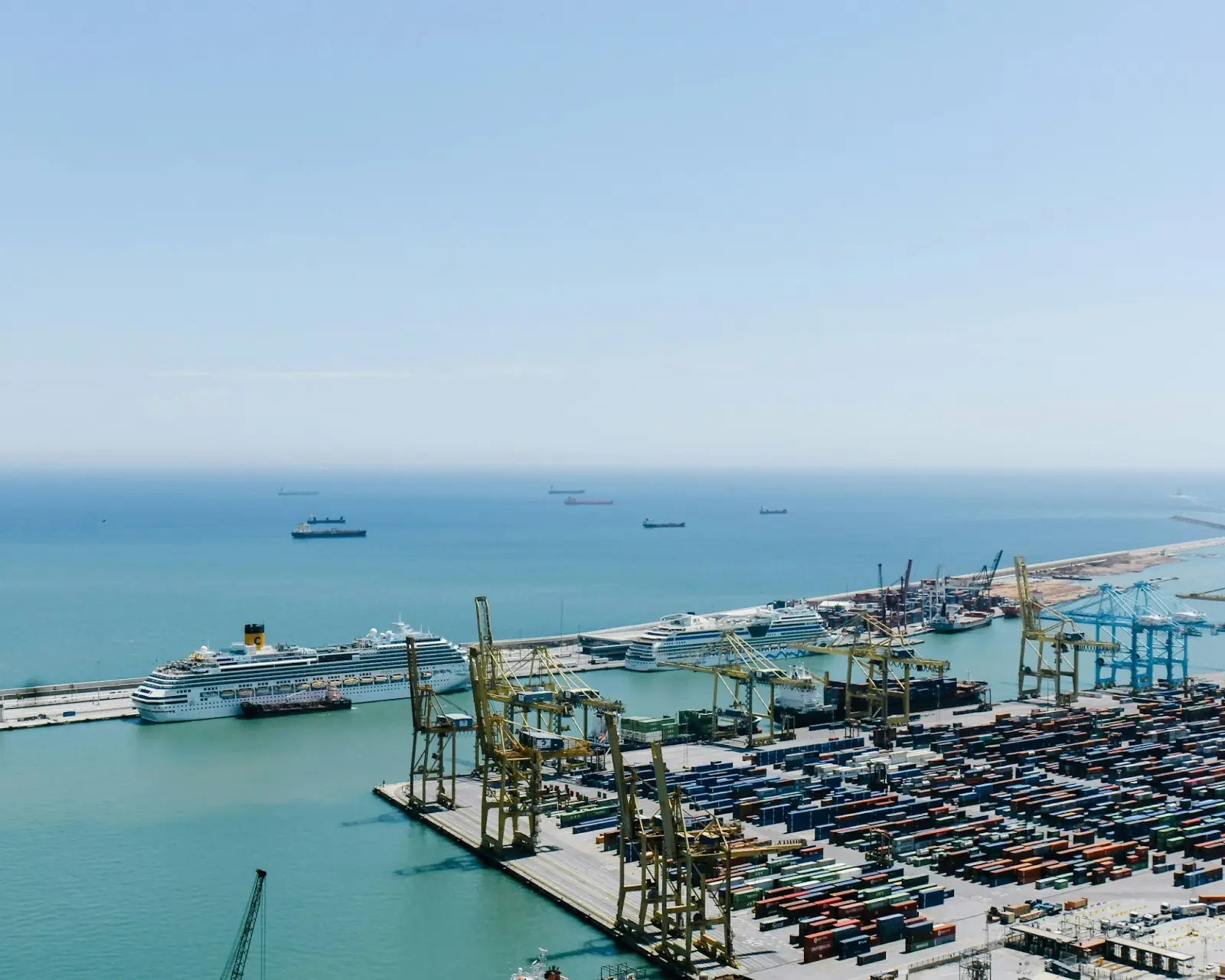
When it comes to accessibility, it’s one of the world’s most accessible ports, catering for those with a range of disabilities, with lifts within the port, widened doors, accessible toilets, ramps and other adaptations for those with limited mobility; whether you use a wheelchair, scooter or walking stick.
Within the city itself, the majority of paving is mostly flat (with dropped curbs), there’s accessible toilets, wheelchair accessible public transport, a variety of accessible places of interest and it’s a short distance between the port and the city centre (with shuttle buses running between the two). Its tide variance is also slight, meaning that there shouldn’t be any restrictions for those in a wheelchair.
Nova Icària Beach, which is within easy reach of the city centre, is very accessible, with beach wheelchairs, volunteer assistance, an accessible promenade and accessible facilities such as toilets, showers and a hoist available.
“Barcelona has achieved a high level of provisions in terms of general accessibility of the built environment, accessibility information and itineraries for visitors, a well-designed and accessible public transport system and adapted services for visitors with access needs. This combination of factors contributes strongly to Barcelona’s position as a desirable, year-round accessible tourism destination.”
- European Commission, Mapping and Performance Check of the Supply of Accessible Tourism Services Case Study
2) The Port of Naples, Italy
The capital of Campania, Naples is a historic city that’s full of charm, fantastic restaurants and amazing views of the iconic Mount Vesuvius. The cruise port itself is within 15 minutes of the city centre, with a passenger walkway that leads from the terminal and past top attractions including Castel Nuovo.
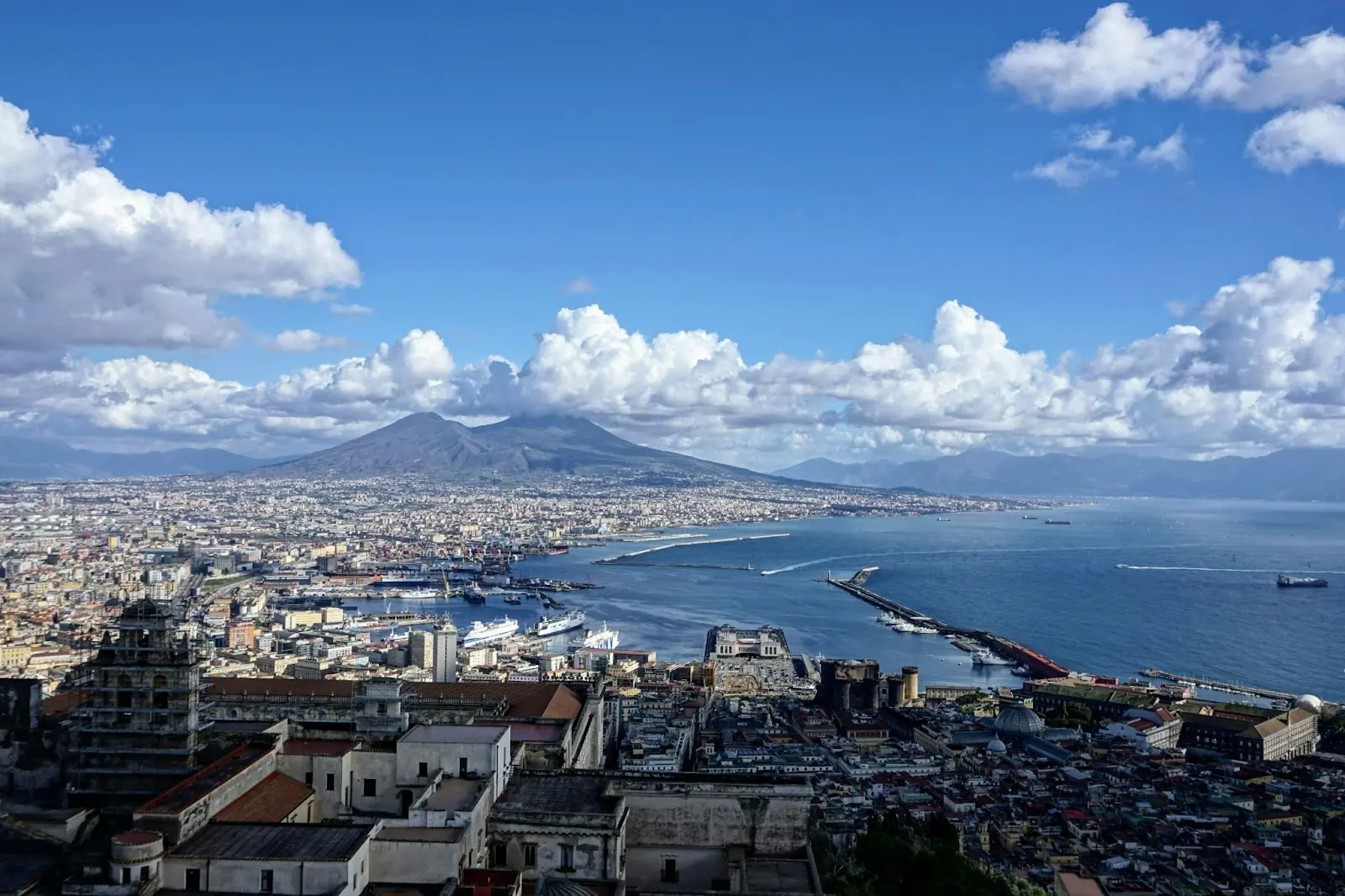
Regardless of whether you have an electric wheelchair, a manual wheelchair or another mobility device, Naples is said to be one of the most accessible cities with the majority of streets having flat paths and dropped curbs. So, if you want to enjoy a wheelchair accessible Mediterranean cruise, embarking on an itinerary with Naples as a stop is definitely worth it.
The main tourist attractions (such as the National Archaeological Museum) mostly have accessible toilets and lifts (although it’s important to research which attractions you want to visit ahead of time on a case-by-case basis), and there are accessible taxis, ferries and excursions available around the city.
3) Nouvelle Digue de Monaco, Monte Carlo, Monaco
Next up on the list is Monte Carlo’s cruise port. Not only is this one of the most vibrant cruise ports in the Mediterranean, but it’s one of the most accessible, with a step-free route from the cruise dock including four lifts and a flat, 500-metre walkway.
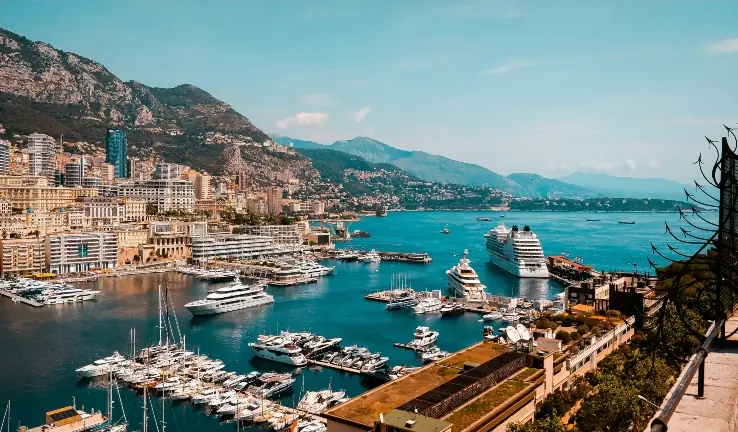
Whilst there are a few cobblestone streets on the way into the centre, the tourist attractions within the city centre are located within easy access of each other, reached using step-free routes (and located close to the cruise port itself).
There are also not only accessible buses available, but accessible taxis, trains and other public transport. There’s also accessible attractions, including the Monaco Trackless Train, Museum of Prehistoric Anthropology and the Zoological Gardens. The Principality of Monaco prioritises accessibility, and has an accessible Office of Tourism that’s ideal for those looking for further information about the city.
However, it’s important to keep in mind that there’s only one space allocated for cruise ships in the Monaco dock, therefore at times, it may be necessary to take a tender boat to shore.
4) Valletta Cruise Port, Malta
One of the most picturesque cities on this list, Valletta in Malta has long been a popular cruise destination, with Baroque palaces, extraordinary churches and bustling vibe. In the cruise port, there’s facilities including ramps, wheelchair-accessible bathrooms and assistance from the staff if needed.
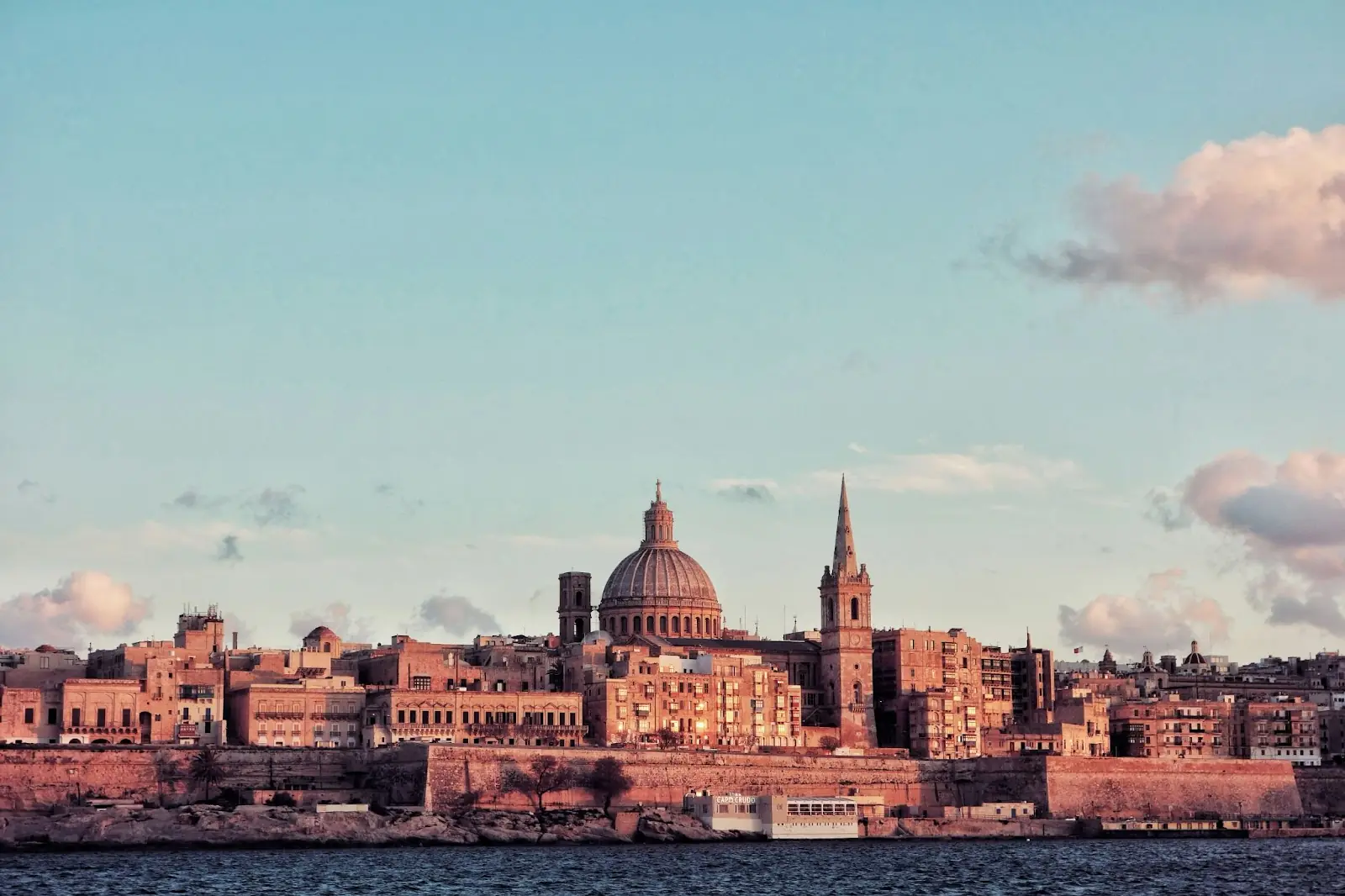
As soon as you leave the port, most of the city is accessible for those who have restricted walking or use a mobility device, with the main attractions, including St. Johns Cathedral featuring ramps and wide aisles. There’s also ramps on the buses and disability-friendly shore excursions available.
5) Port of Valencia, Spain
Last but not least is Valencia; a popular port in Spain that’s visited by a range of cruise lines, from MSC Cruises to Oceania Cruises, Valencia is beloved for its museums, scenic parks and prominent art galleries.

There are two cruise terminals at the Port of Valencia, which have wheelchair accessible bars, restaurants and bathrooms. The paving is also flat, and there’s a lift between the floors. At times, cruise ships will dock on the industrial side of the port. When this happens, shuttle buses (which are also wheelchair accessible) are provided to take you directly to the cruise terminal (available at an additional cost).
The cruise terminal is approximately 3-4 km from the city centre, and can be accessed by a shuttle bus service and taxis. Valencia has mainly flat pavements with dropped curbs, and there’s also accessible toilets and attractions throughout, including the Archaeological Crypt of The Prison of San Vicente Martir and the Casa Museo Blasco Ibanez that have ramps and auditory/visual guidance.
Which Mediterranean ports use tenders?
A variety of Mediterranean destinations require tender boats. Some example of tender ports include:
- Mykonos, Greece
- Kotor, Montenegro
- Corfu, Greece
- Nafplion, Greece
- Santorini, Greece
- Split, Croatia
- Taormina, Italy
Are all cruise ship tenders accessible?
Safety is always number one priority when it comes to cruising. And when a ship requires the use of tender boats, this is also considered. There’s strict cruise line health and safety regulations when it comes to tender usage, resulting in three factors that affect how accessible a tender is, including:
- Sea conditions - if it’s bad weather and the seas are rough, the crew may make the decision that guests with assistive devices aren’t allowed to board cruise tenders (due to the accessibility of getting onto the tender itself).
- The weight of the wheelchair/scooter - certain cruise lines, such as Norwegian Cruise Line state that if a scooter/wheelchair weighs more than 100 lbs. (7 stone and 14 lbs.) that it’s not allowed on a tender boat. If it’s under 100 lbs., it must have roll-on capability.
- Guest Mobility - if the scooter/wheelchair doesn’t have roll-on capability and the guest can step onto the cruise tender (with assistance or not), they will be allowed to board and use a collapsible manual wheelchair whilst in port. There’s usually a step onto the tender and a gap between it and the ship; and whilst crew will be on hand to guide you into the tender, due to safety reasons they can’t carry or lift guests.
Book Your Mediterranean Getaway with Iglu Cruise Today
If you’re searching for your dream Mediterranean getaway, look no further than our selection of Mediterranean cruise deals. With something on offer for all tastes and budgets, you’ll easily be able to find the perfect cruise escape for you. Book today with Iglu Cruise and look forward to a holiday of a lifetime in the breathtaking Mediterranean.
Discover our other blogs here about accessibility, including information about the best cruise ships for disabled passengers, the most accessible destinations in Europe and more.